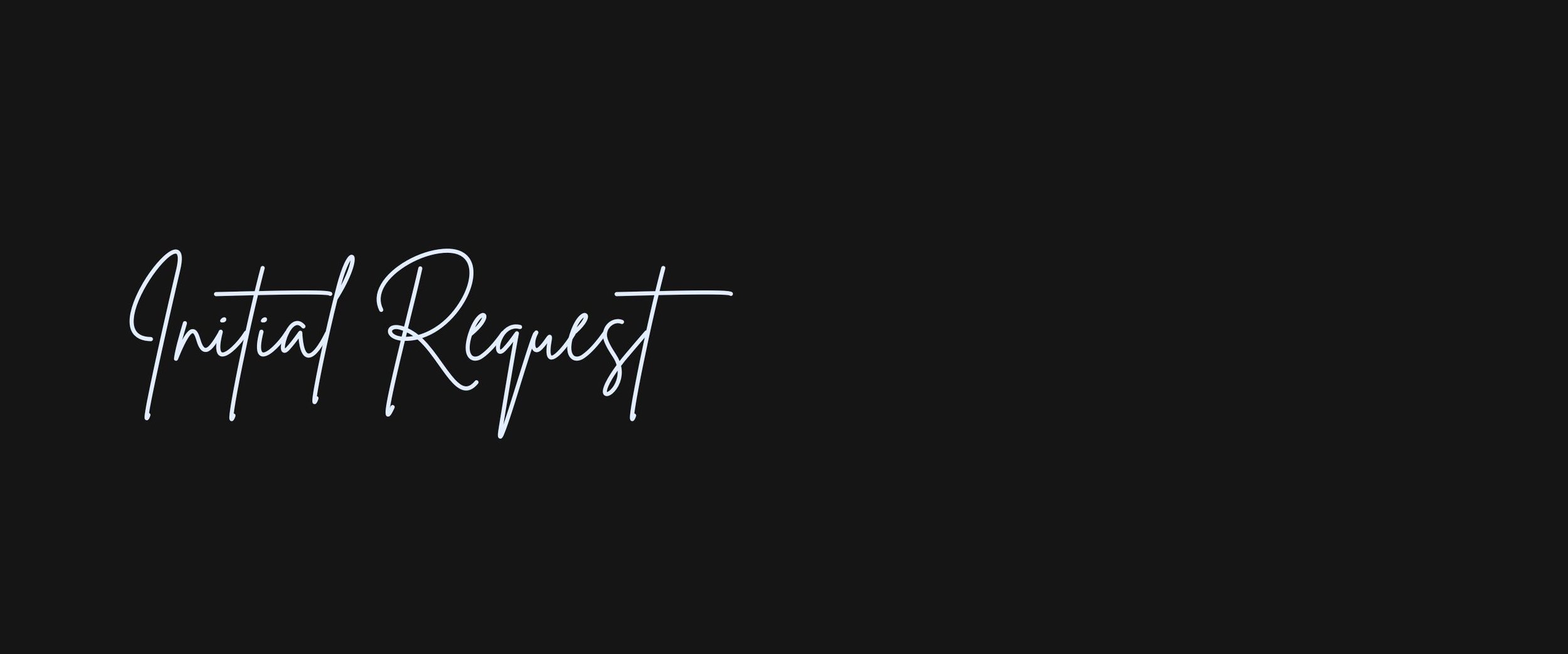
What Was Asked—And What Wasn’t Clear
The original request was simple on the surface: develop a digital orientation for new volunteers. But even in that first conversation, a few big questions came up.
Was this orientation supposed to help people decide if they wanted to get involved, or guide them once they’d already committed? Would it be something shared publicly or only after someone officially signed on?
At the time, there weren’t clear answers. The founder was juggling a lot and asked me to create a working draft we could refine together—something tangible she could respond to and shape through feedback.
So I began building out early concepts. I researched onboarding tools used by similar mission-driven organizations—especially nonprofits focused on healthcare access, trauma-informed peer support, and multilingual or remote teams. I was looking for patterns: inclusive, low-barrier formats that could work for this audience.
Exploring Early Formats
While waiting for more clarity, I explored two possible directions:
Option 1: Interactive Course (Rise 360)
A mobile-friendly digital handbook, with sections like:
Who We Are
What We Do
How You Can Help
What to Expect
Policies and Paperwork
Meet the Team
The format was clean and intuitive—great for busy volunteers reading on their phones. But without a Rise license, the organization wouldn’t be able to make future edits on their own. That made it less sustainable.
Option 2: Interactive PDF
A simpler option: a clickable PDF with embedded links and light visuals. It could be shared via email or hosted on the website. It didn’t require a login and was easier to maintain, but it offered less flexibility for updates or analytics.
Both options were designed for people who had already committed to volunteering—but I still didn’t have a clear picture of how or when that commitment actually happened.
From First Drafts to Better Questions
Those early drafts helped us move forward—not just in design, but in conversation. They gave the team something to react to and helped surface questions that hadn’t been asked yet.
The feedback I got wasn’t really about polish or layout. It was more like, “Oh…we haven’t actually thought about that yet.” That pause turned out to be a turning point.
So I paused too. I shifted gears from designing to asking better questions—questions I helped the founder frame and bring to their board. Those conversations uncovered the deeper needs driving this project, needs that went far beyond a single orientation document.
The original request was just the starting point. Once we dug in, a clearer path began to take shape.
Click “Discovery” to see how the work evolved—and where it led next.